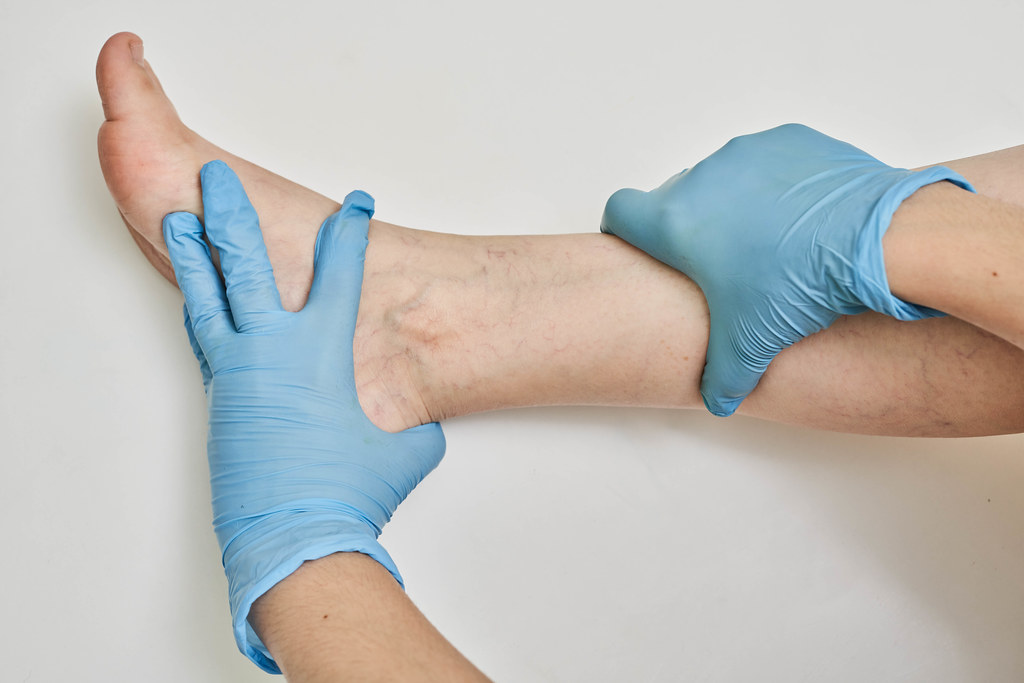
The human circulatory system, a complex network of arteries, veins, and capillaries, is vital for transporting blood throughout the body, delivering oxygen, and removing waste products. However, various conditions can impair this system, particularly affecting the veins, leading to compromised blood flow and a host of health issues. Fortunately, medical advancements offer various methods for repairing damaged veins and enhancing circulation, promising improved health outcomes and quality of life for those affected.
Contents
Understanding Vein Damage
Vein damage can manifest in numerous ways, including varicose veins, chronic venous insufficiency, deep vein thrombosis (DVT), and spider veins. These conditions may result from genetic predispositions, lifestyle factors, or other health conditions. Symptoms often include swelling, pain, discoloration, and the visible appearance of veins. Left untreated, repair damaged veins can lead to more severe complications such as leg ulcers, bleeding, and in the case of DVT, potentially fatal pulmonary embolisms.
Strategies for Repairing Damaged Veins
Lifestyle Changes
Before exploring medical interventions, it’s crucial to recognize the role of lifestyle changes in improving vein health. Regular exercise, weight management, and avoiding prolonged periods of sitting or standing can significantly enhance circulation and prevent further vein damage.
Compression Therapy
Compression therapy is one of the most accessible and widely used treatments for vein damage. By wearing specially designed compression stockings, individuals can help squeeze the legs, promoting blood flow back toward the heart and reducing symptoms such as swelling and pain.
Sclerotherapy
Sclerotherapy involves injecting a solution into damaged veins, causing them to scar and reroute blood through healthier veins. This outpatient procedure is especially effective for treating spider veins and smaller varicose veins.
Endovenous Thermal Ablation
Endovenous thermal ablation uses heat generated by laser or radiofrequency energy to close off damaged veins. Performed under local anesthesia, this minimally invasive technique has a high success rate and allows for quick recovery.
Venaseal
The Venaseal system utilizes a medical-grade adhesive to seal off varicose veins. This unique approach does not require heat, reducing the need for multiple needle sticks and allowing patients to return to their daily activities immediately after the procedure.
Ambulatory Phlebectomy
For larger varicose veins, ambulatory phlebectomy might be recommended. This surgical procedure involves making small incisions through which the damaged veins are removed. While more invasive than other treatments, phlebectomy effectively eliminates problematic veins with minimal scarring.
Improving Blood Flow
Beyond repairing damaged veins, enhancing overall blood flow is crucial for circulatory health. This can be achieved through:
Exercise
Regular physical activity, particularly walking, swimming, and cycling, can strengthen the leg muscles, acting as a secondary pump to aid venous return to the heart.
Dietary Adjustments
A diet rich in antioxidants, fiber, and hydration can improve blood vessel health, reduce inflammation, and prevent clotting, which is essential for optimal circulation.
Hydration
Staying adequately hydrated ensures that the blood maintains a proper viscosity, facilitating smoother flow through the veins.
Elevating the Legs
Elevating the legs above the heart level, especially after prolonged standing or sitting, can help encourage venous return and reduce swelling.
Future Directions in Vein Repair and Circulation Enhancement
The field of vascular medicine is continually evolving, with research focused on developing more effective, less invasive treatments for vein damage and poor circulation. Innovations such as gene therapy, regenerative medicine, and novel pharmacological treatments hold the promise of not just managing symptoms but potentially reversing vein damage at the cellular level.
The Role of Technology
Technological advancements in imaging and surgical techniques offer precision in diagnosing and treating vein conditions, leading to better outcomes and reduced recovery times. Wearable technology also plays a growing role in monitoring circulatory health, providing real-time data that can inform lifestyle adjustments and medical interventions.
Conclusion
Vein damage and compromised circulation can significantly impact health and quality of life but are not without solutions. From lifestyle modifications and compression therapy to cutting-edge medical procedures, various strategies exist for repairing damaged veins and enhancing blood flow. As medical science advances, the future looks promising for those affected by these conditions, with ongoing research and innovation paving the way for even more effective treatments. Ensuring circulatory health is a journey—a combination of self-care, medical intervention, and staying informed about the latest advancements in vascular medicine.